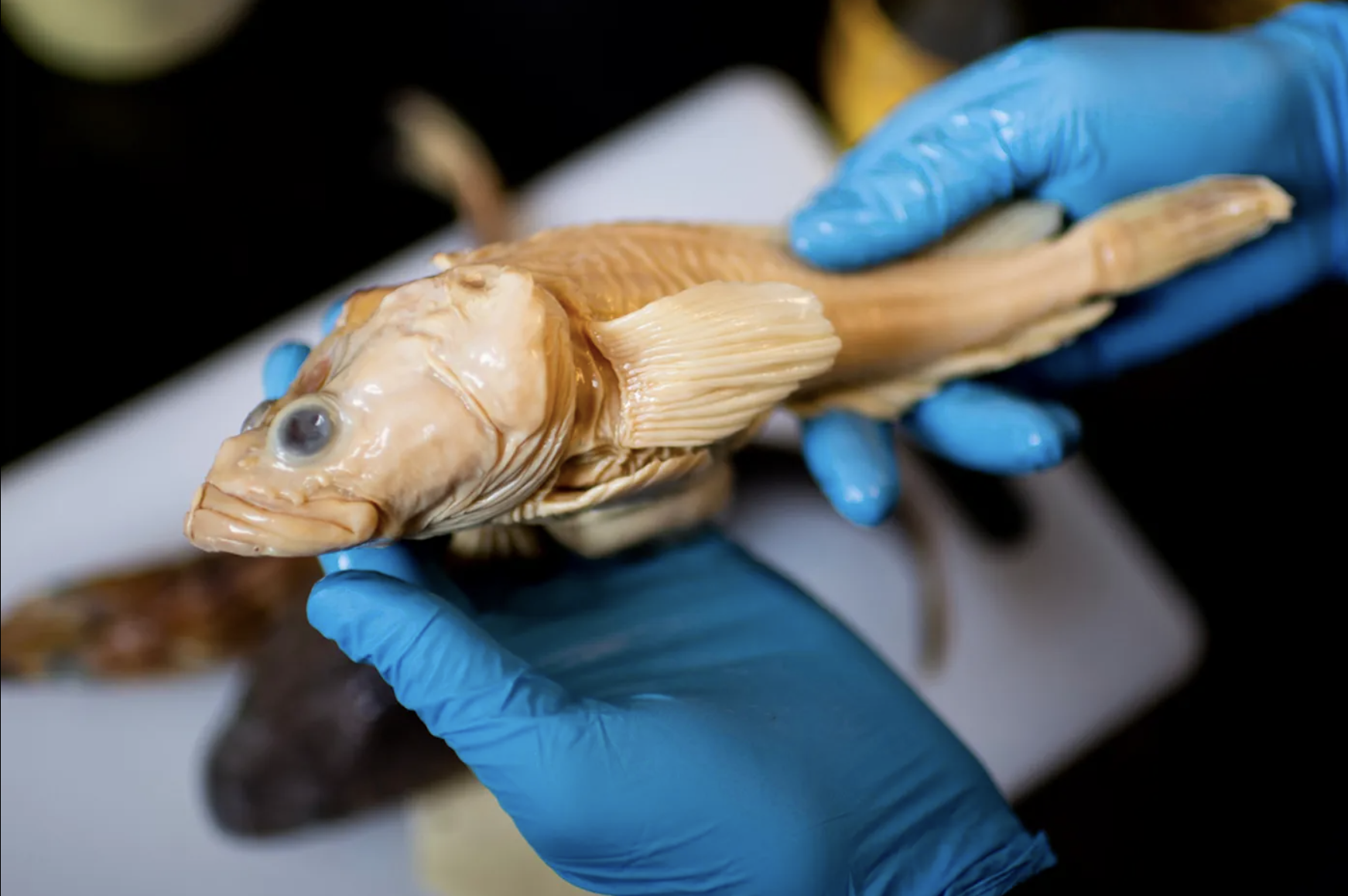Antarctic fish have evolved to survive—and thrive— under unbearable conditions. They make their living at the sub-zero Centigrade, freezing temperatures of the ice-filled Southern Ocean, and they keep their bodies from freezing solid by producing an antifreeze protein in their blood.
But now, Antarctic fish face a new threat: A novel disease involving large skin tumors.
Northeastern’s H. William Detrich, professor emeritus of biochemistry and marine biology, and his 2018 Antarctic field research team, discovered a new disease that afflicted a substantial number of fish belonging to two different species, reported in a paper published in the journal iScience. The pathogen at fault was previously unknown to science.
“This may be an early warning signal of the impact of oceanic warming,” says Detrich, an author on the paper. Because polar regions, both marine and terrestrial, are warming more rapidly than temperate zones, they serve as bellwethers for climate change effects, he says.
If, as the scientists suspect, the stress of climate change is what caused this new disease outbreak, “This is a potential example of what we might expect to see in more temperate latitudes,” Detrich says. “This discovery makes it all the more important that people be aware of the potential for climate-stress-mediated disease” in the Antarctic and beyond.
Read more on News@Northeastern.
Photo by Matthew Modoono/Northeastern University.

